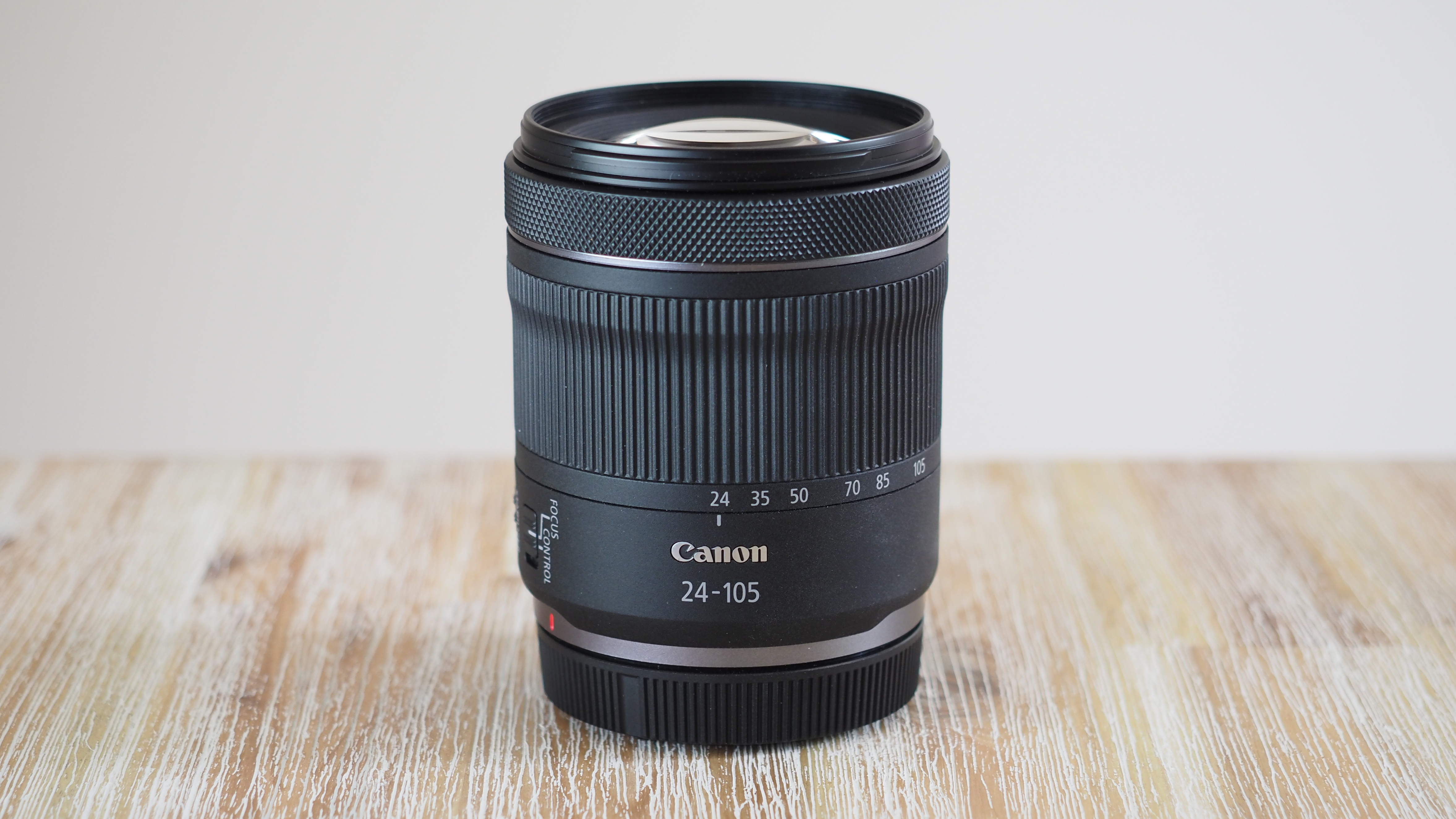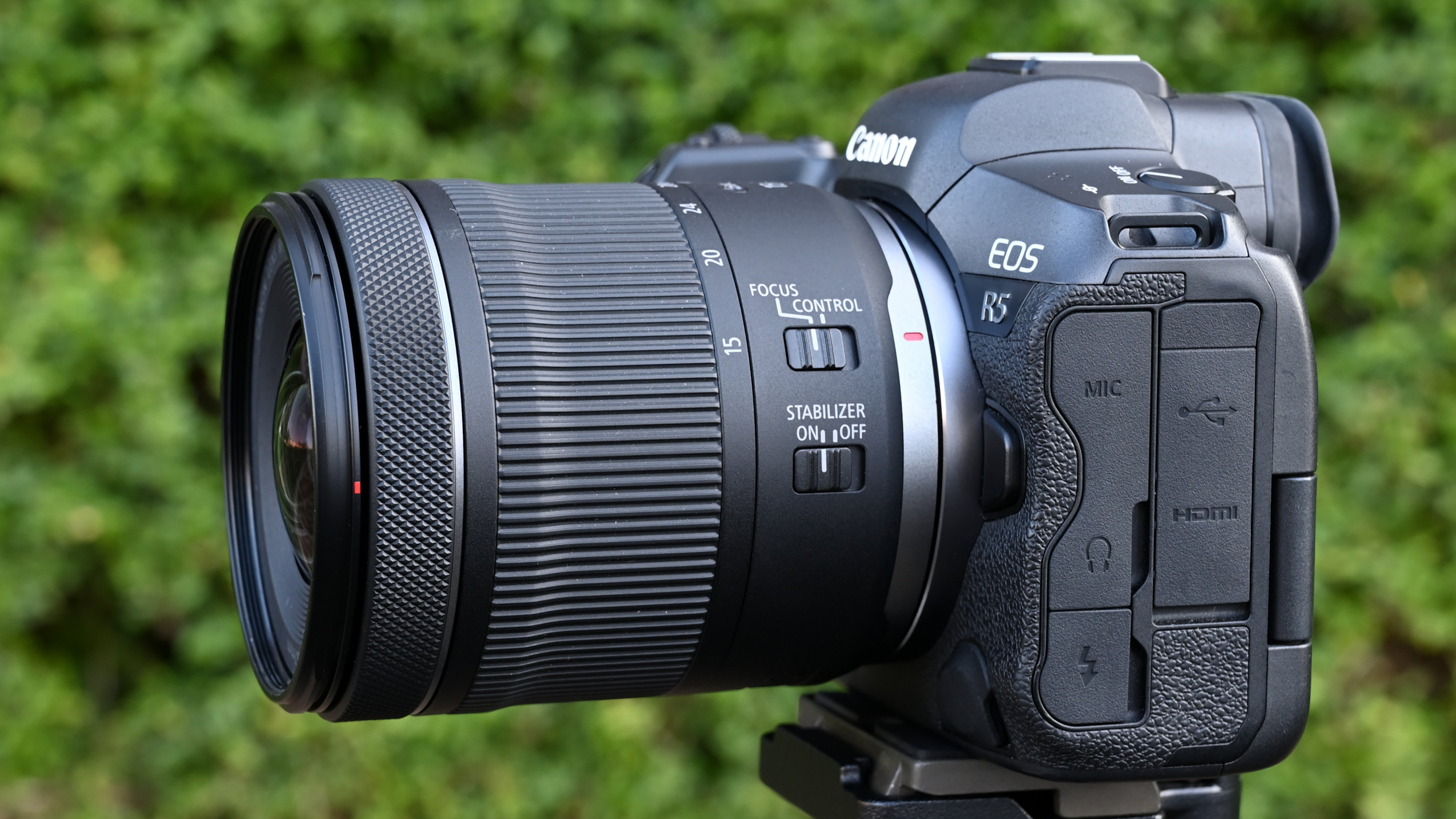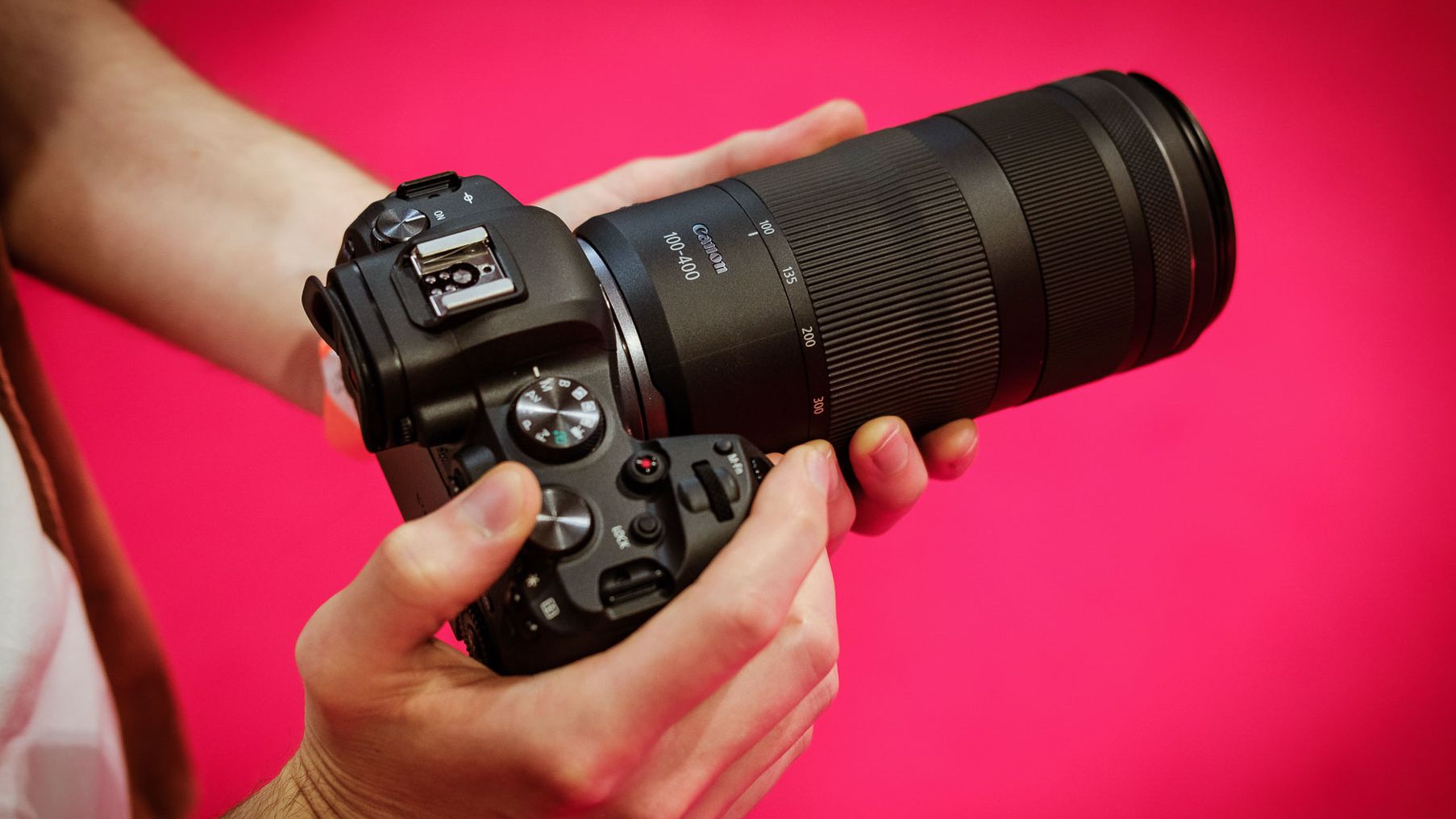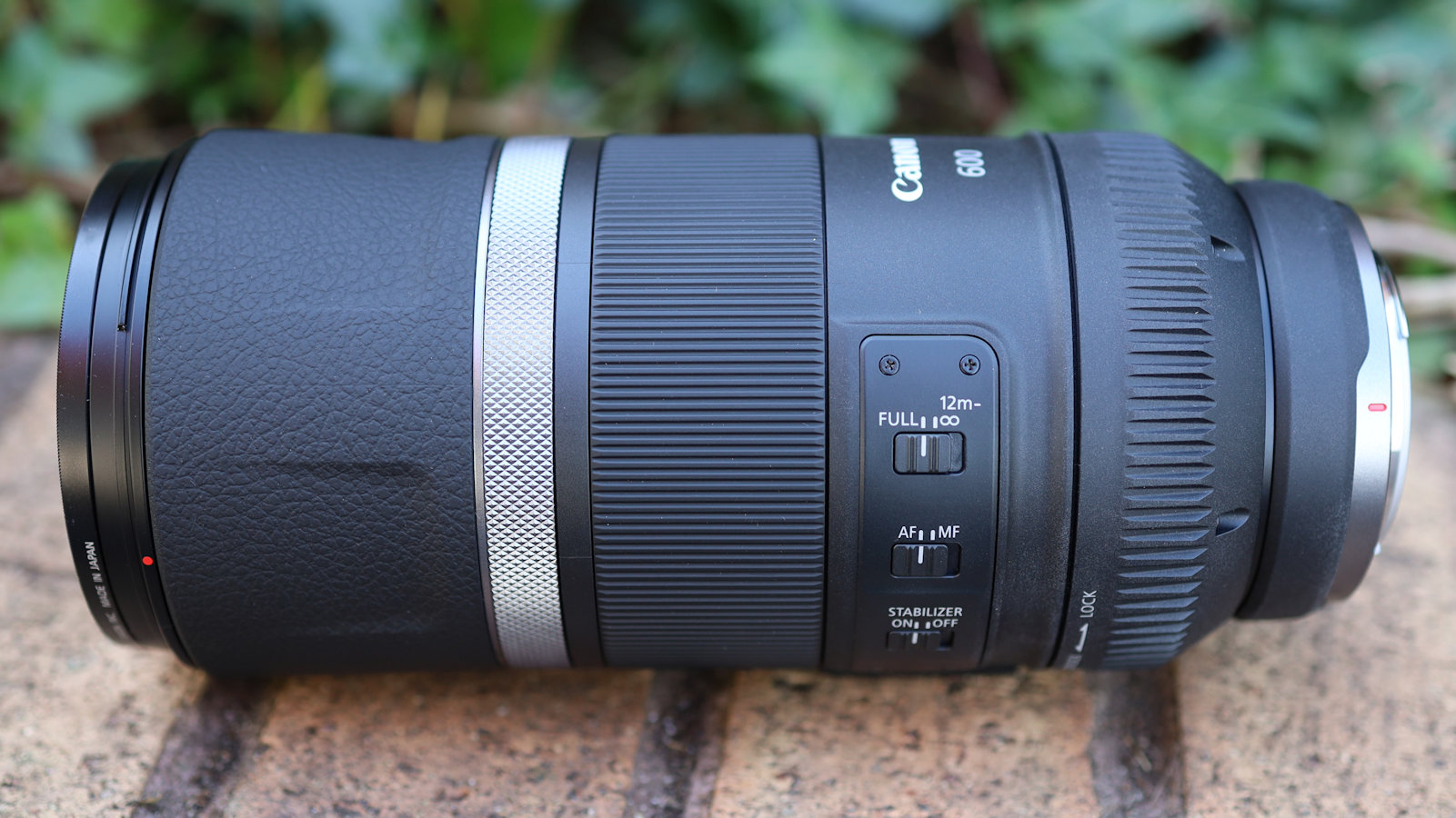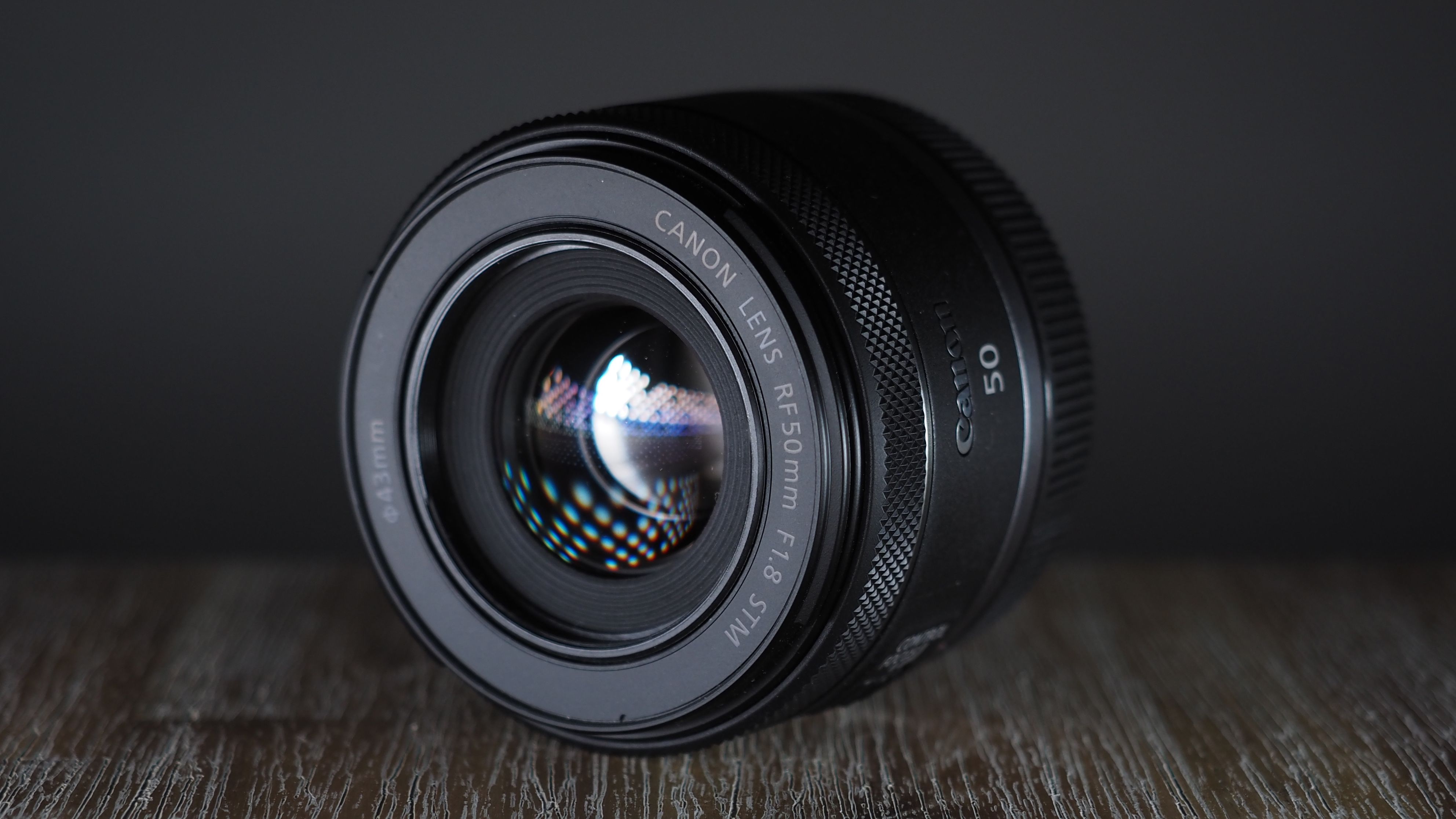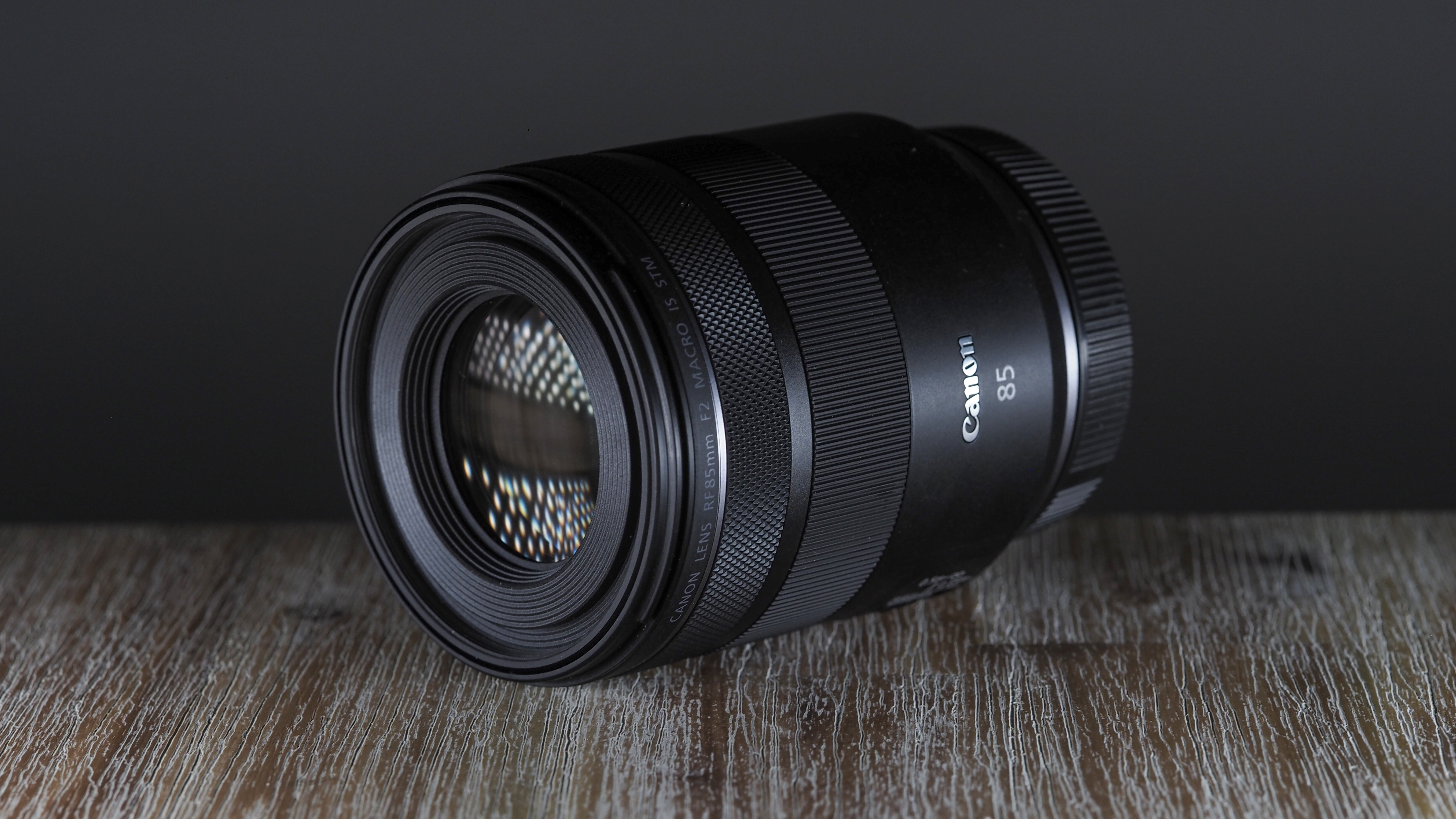The best lenses for the Canon EOS R8: Affordable lenses to make the most of this budget-friendly camera
I choose the best lenses for the Canon R8, Canon's powerful but affordable full-frame mirrorless camera
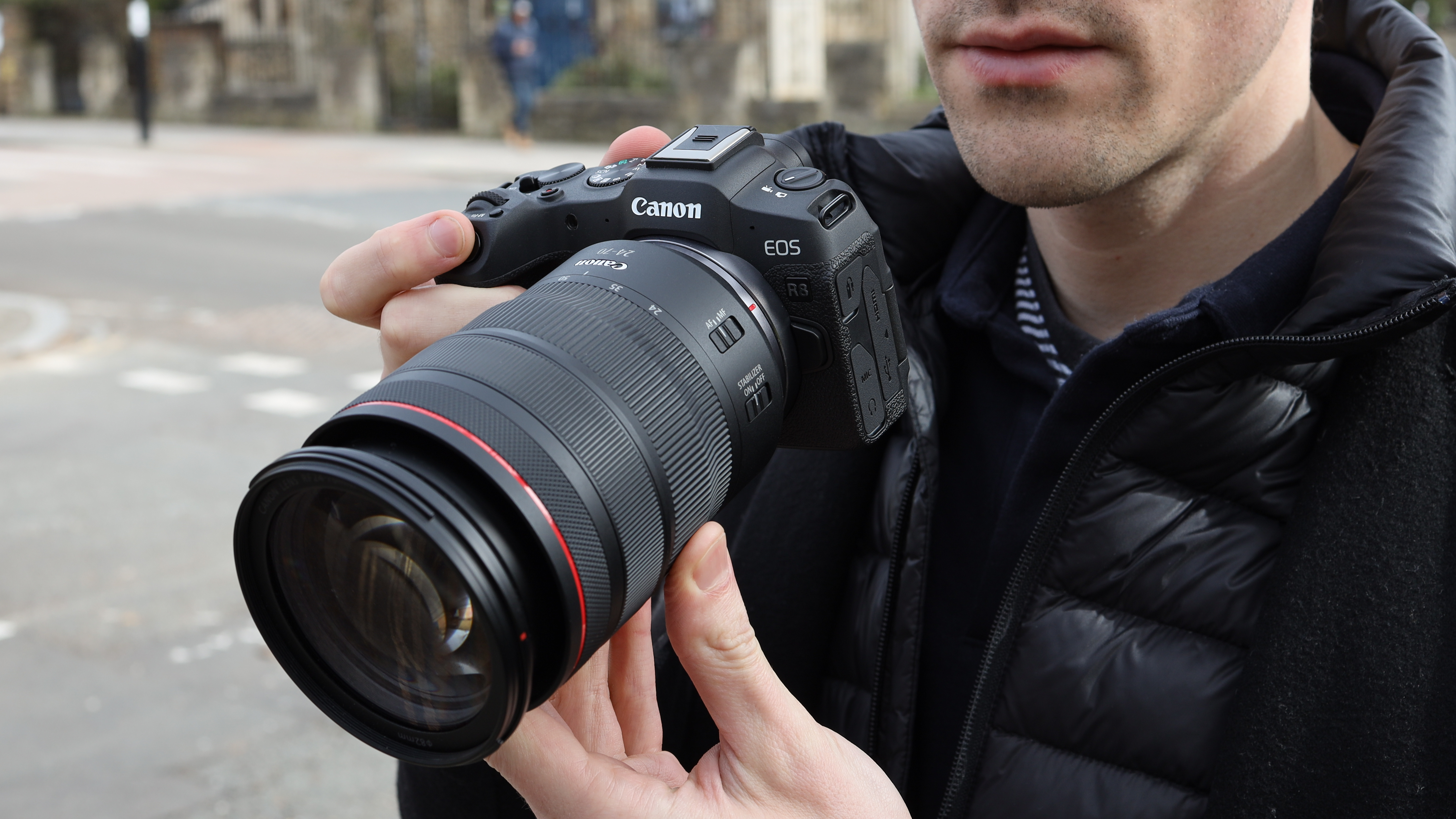
I firmly believe that the Canon EOS R8 is a great camera for enthusiasts. It takes the compact, light and user-friendly body of the EOS RP, but crams in pretty much all the high-tech processing, autofocus and video tech of the much bigger Canon EOS R6 Mark II.
The EOS R8 is not the cheapest full-frame mirrorless camera in the Canon range – that's the RP. But the R8's combination of power and performance at a still very affordable price make it one of the best Canon cameras today. There is one thing, however, that the R8 does not have: in-body stabilization.
That's hardly a huge price to pay, but it does mean you should be a little more selective when choosing lenses. So I've given priority to optics that include lens-based image stabilization, though I wouldn't rule out non-stabilized glass entirely. The R8 has excellent noise control and I wouldn't hesistate to ramp up the ISO to get 'safe' shutter speeds in poor light.
Other things I’m looking for in this selection are affordable pricing and light weight. The EOS R8 itself is a pretty inexpensive camera for what it offers, and is extremely light and compact, so I reckon R8 owners will look for similar qualities in the lenses they choose to go with it. These, then, are my picks for the best lenses for the Canon EOS R8…
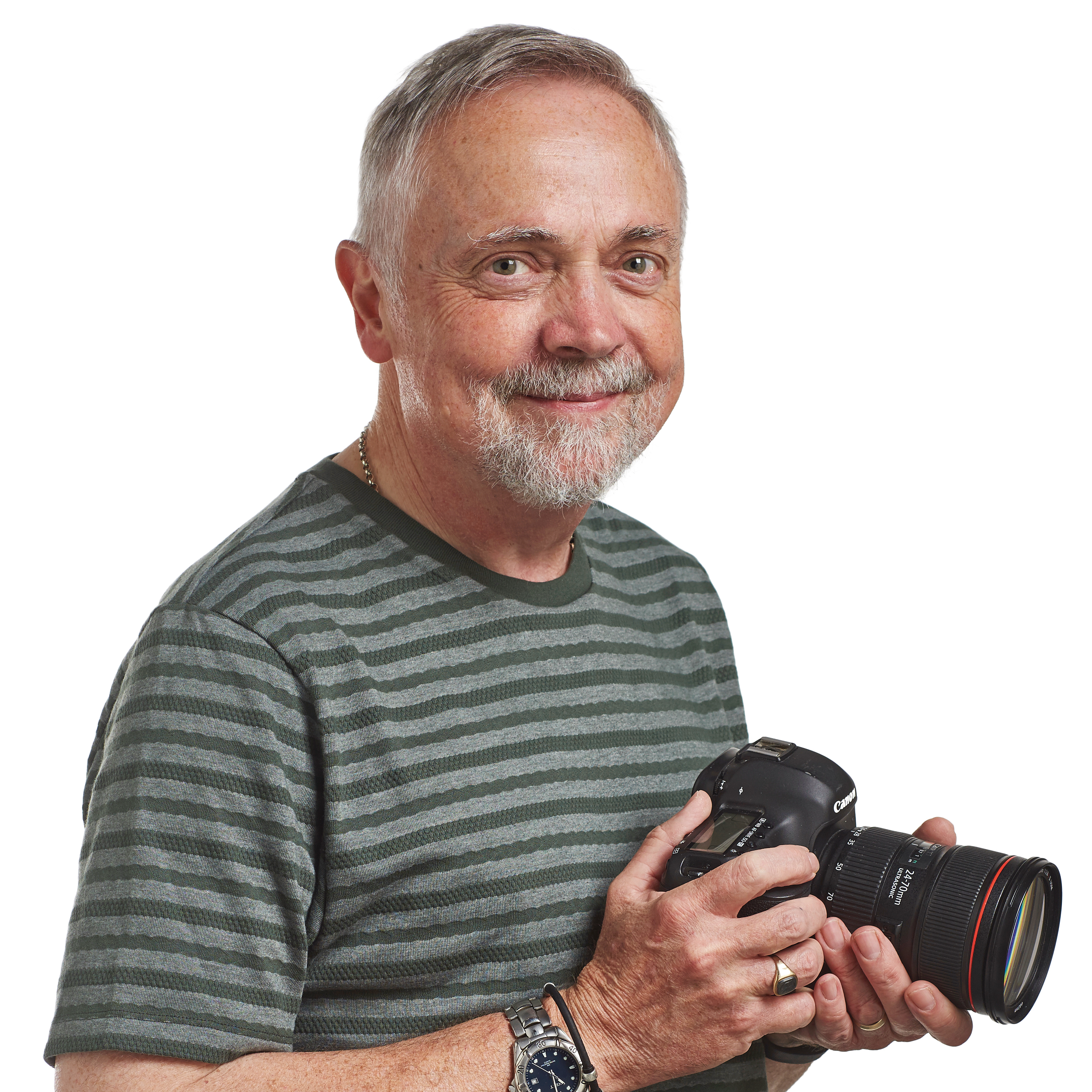
Rod is an independent photography journalist and editor, and a long-standing Digital Camera World contributor, having previously worked as DCW's Group Reviews Editor. He has used practically every interchangeable-lens camera launched in the past 20 years, from entry-level DSLRs to medium-format cameras, so he has the expertise to select the best Canon lenses for you.
The Quick List
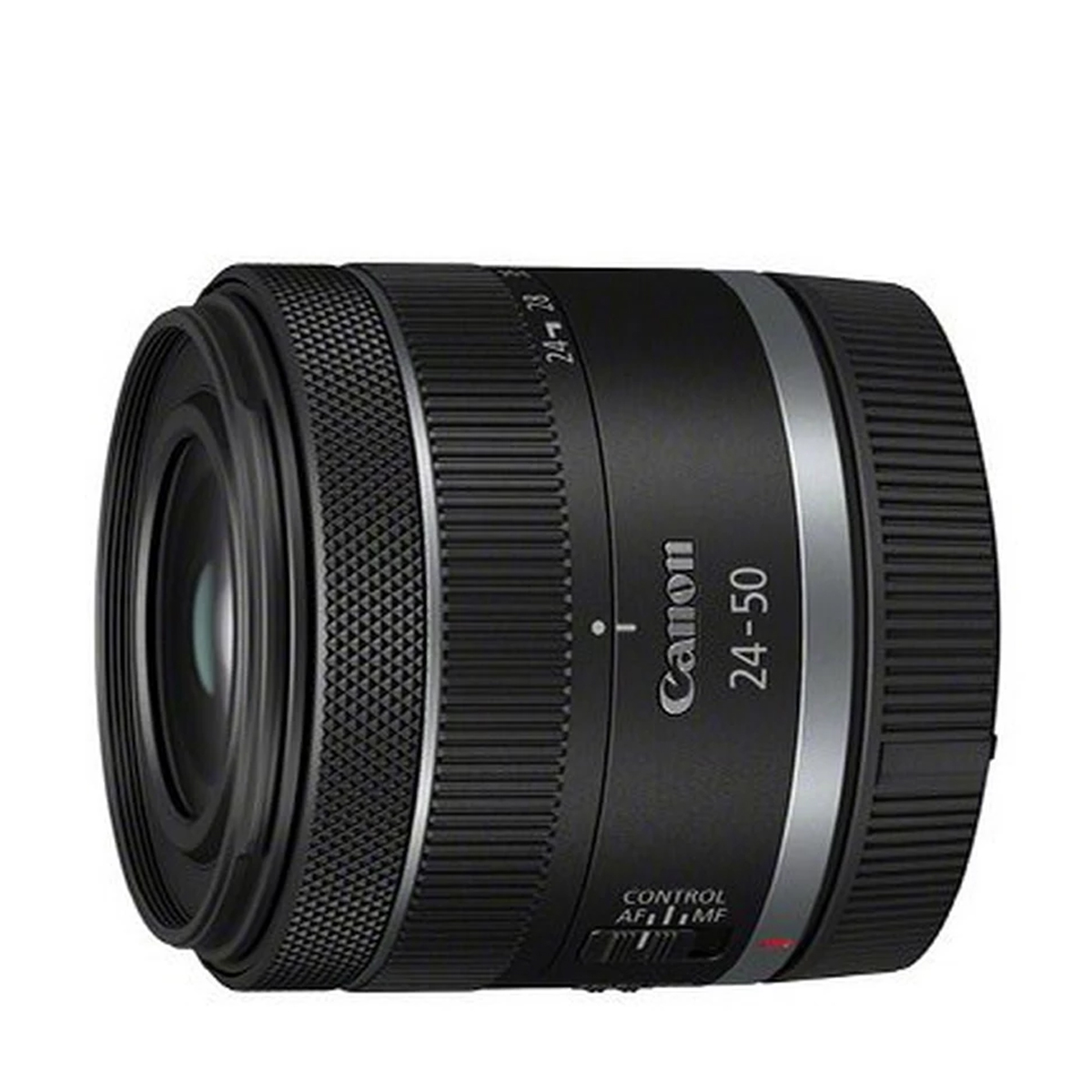
Canon’s choice as the kit lens for the R8 delivers better performance than you’d expect from such a light and compact lens. Read more below…
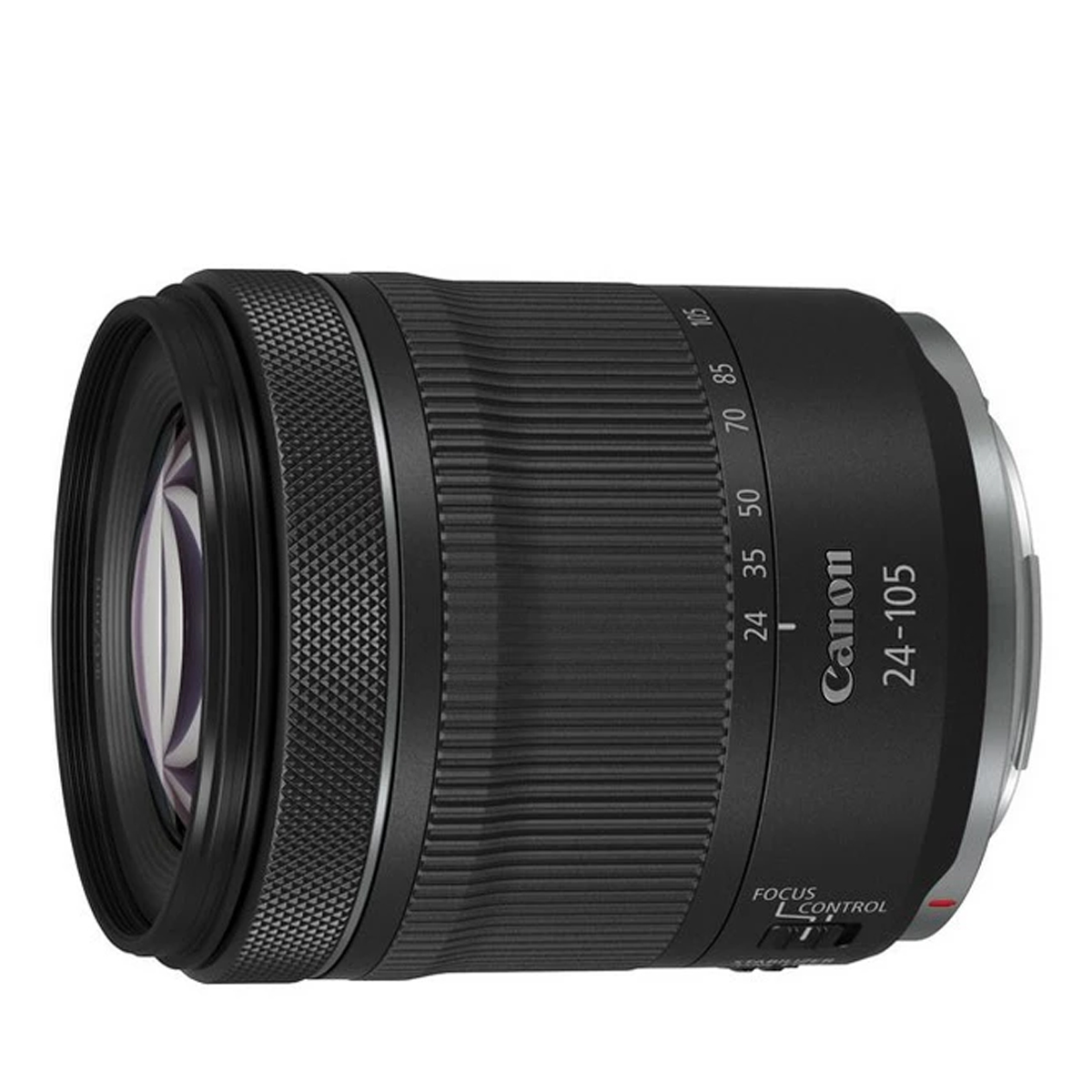
This zoom offers a good range for general shooting, and ticks the boxes for lightness, price and image quality too. Read more below…
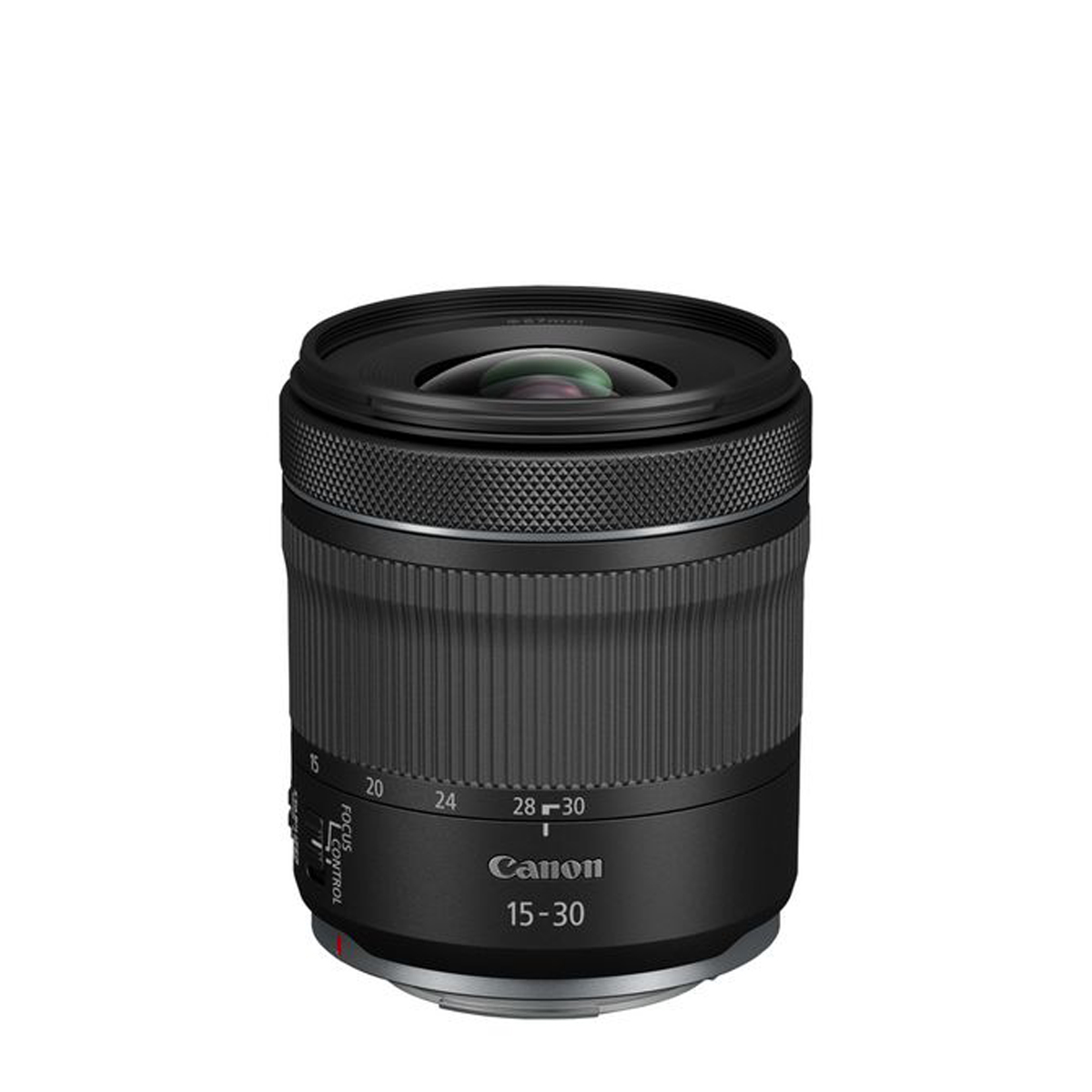
This zoom can cope with any epic landscape you throw at it, with the bonus of image stabilization and an attractive price. Read more below…
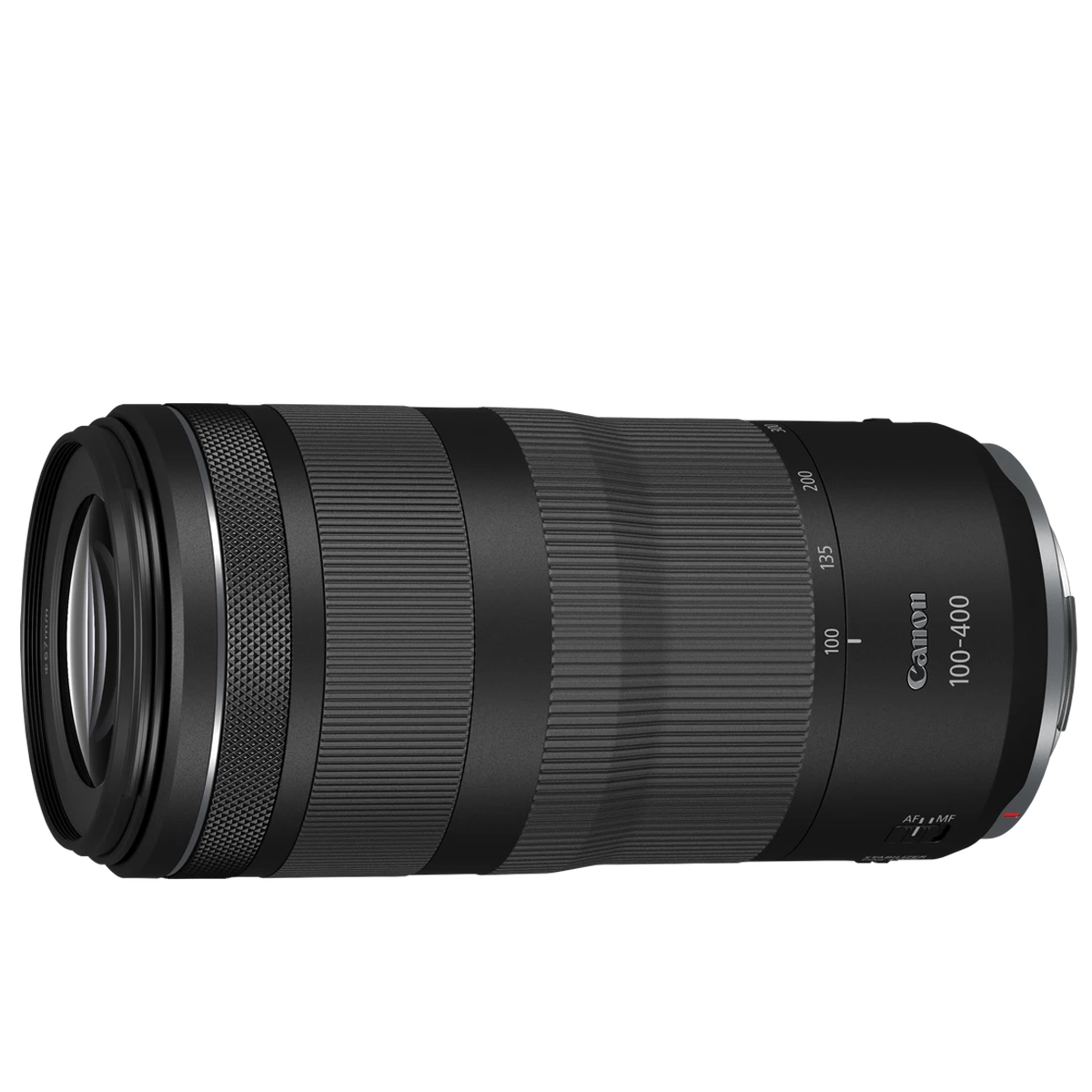
The R8 is a good choice for capturing fast-moving subjects like sports or wildlife, and this light tele makes a great match. Read more below…
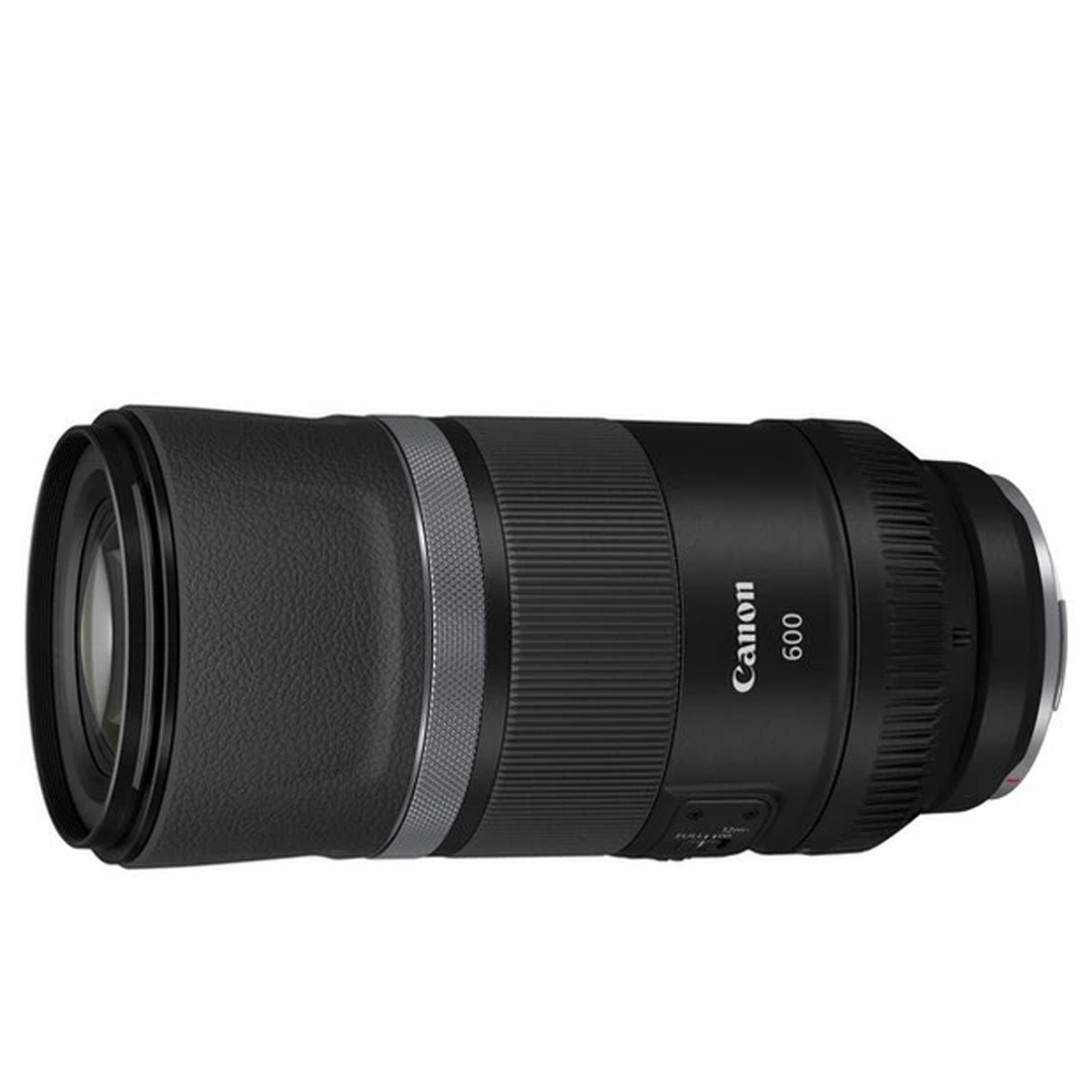
You’ll be surprised by the price compared with lenses with similar focal lengths, and it’s light enough to use handheld. Read more below…
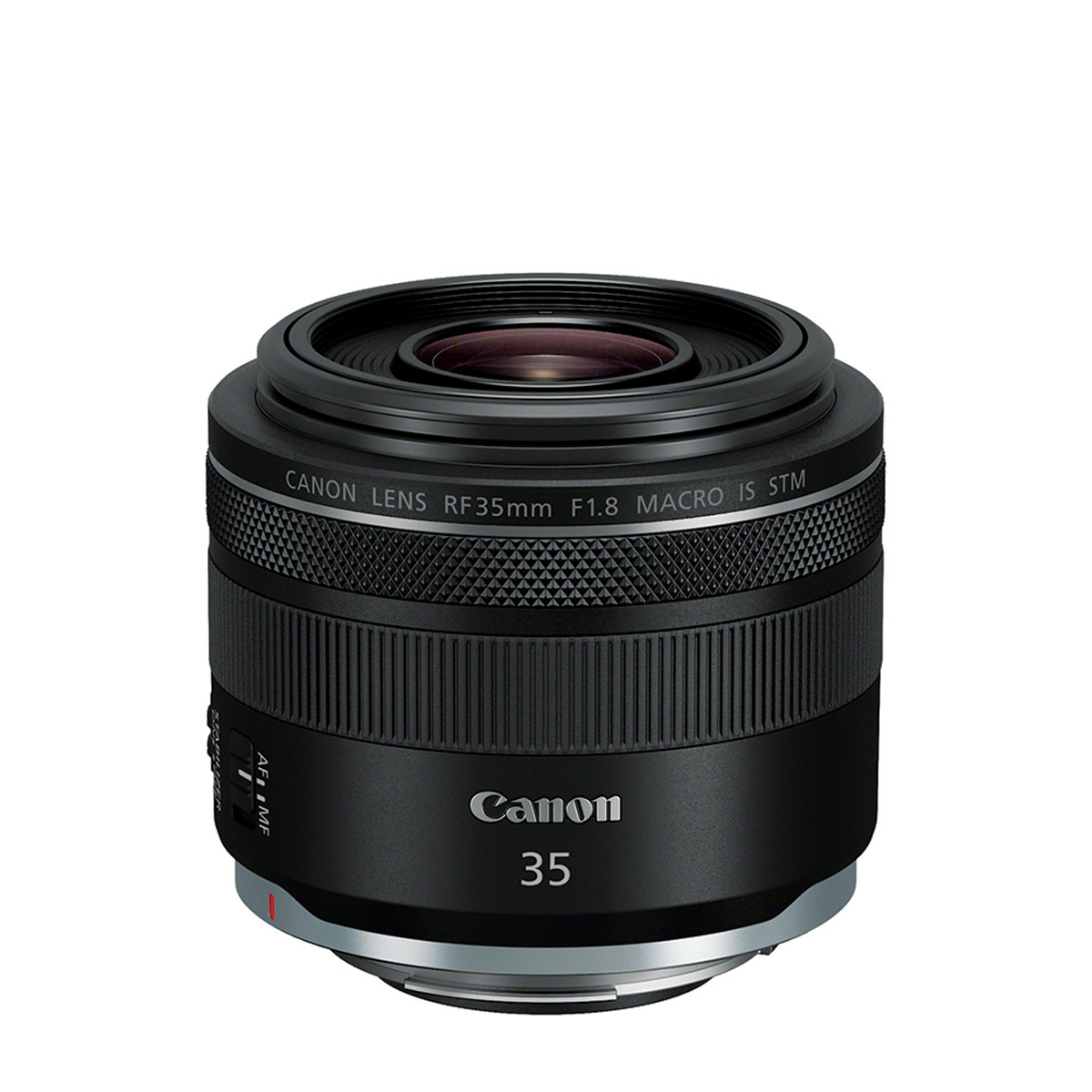
This is a classic focal length for street photos, and you also get a wide aperture for low light, and even a macro facility. Read more below…
View the full list ⤵
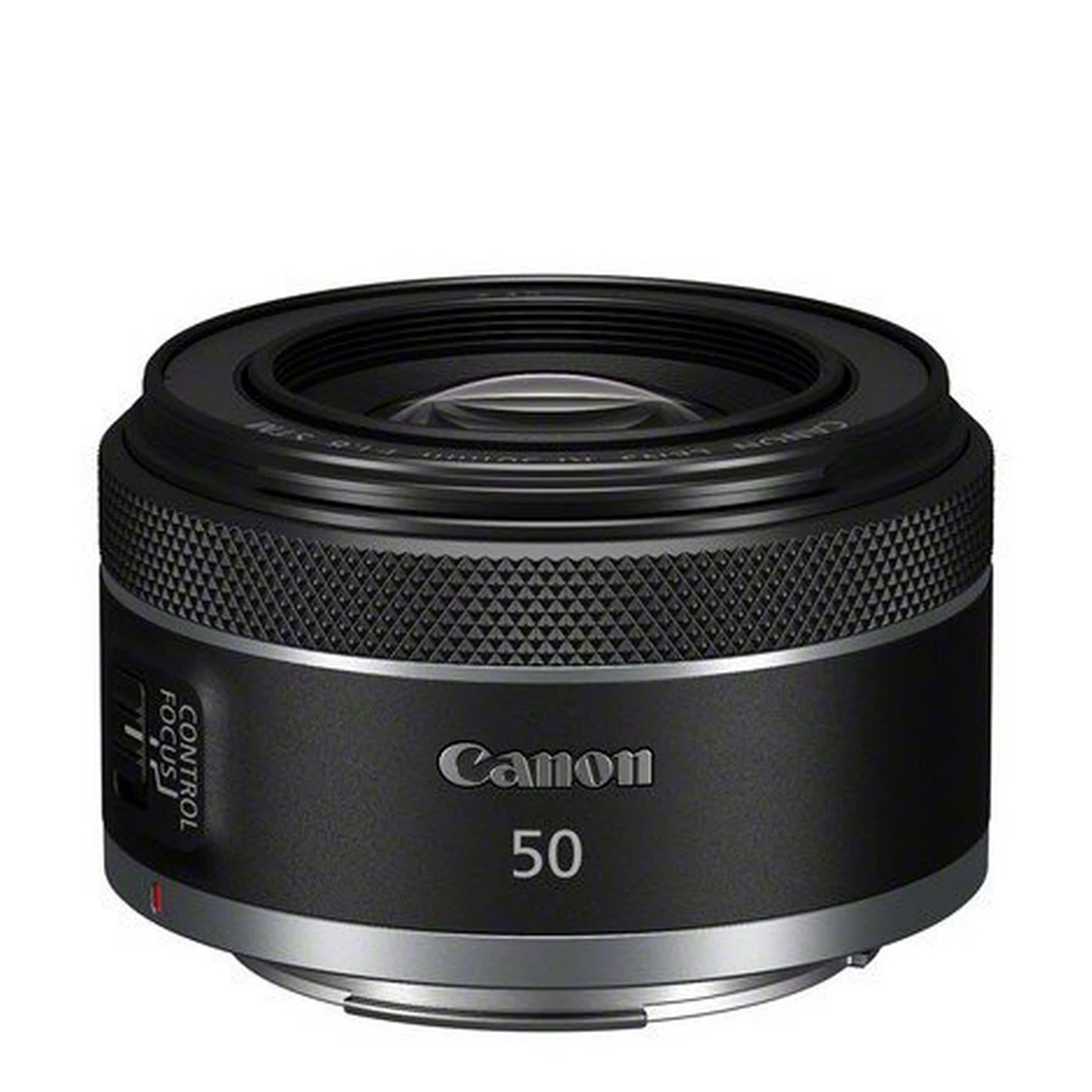
This is one of Canon’s best-value RF lenses, with compelling optical quality, a compact design, and a lower price than you think. Read more below…
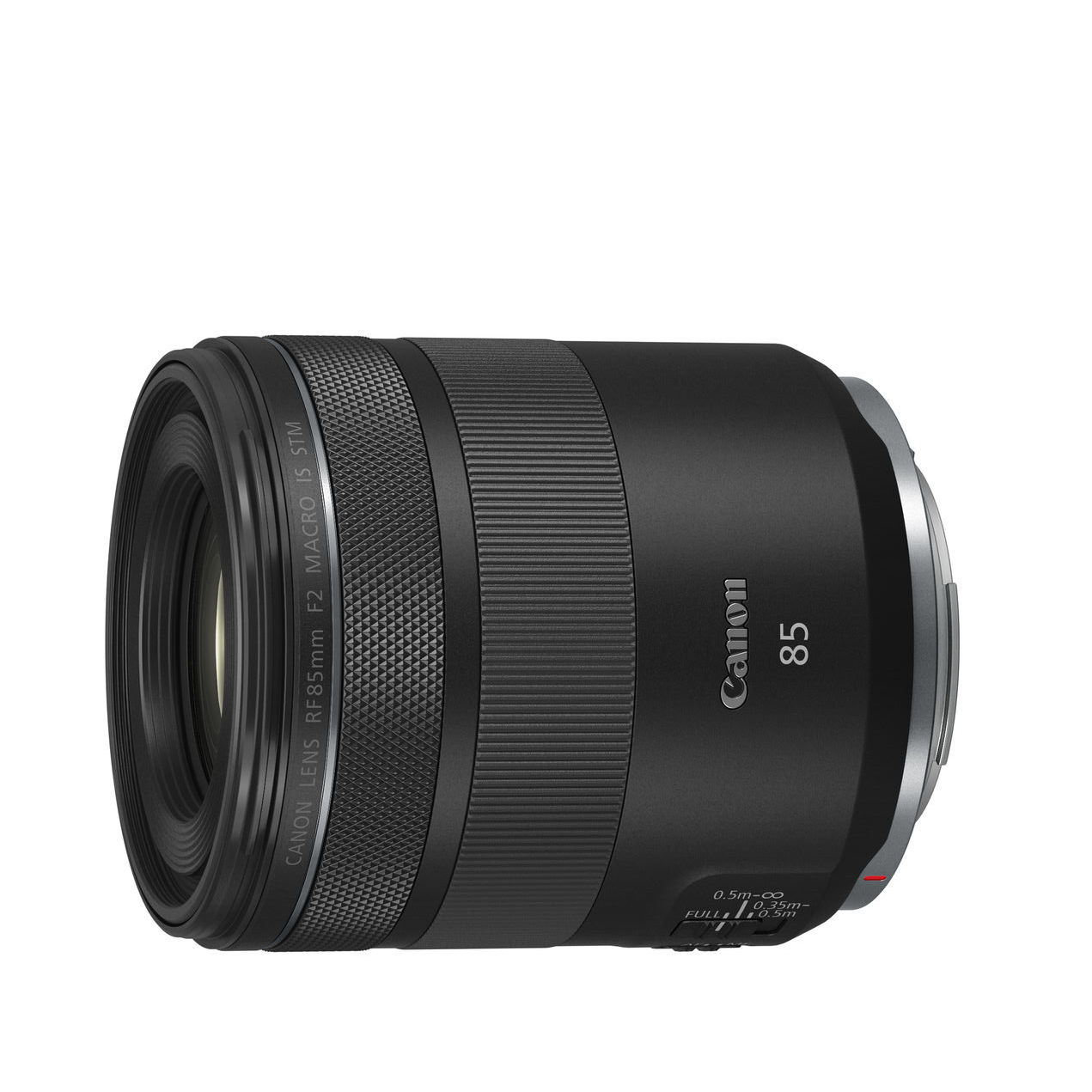
This prime lens is a strong choice for weddings and events, with the versatility to swap to macro shooting whenever you need. Read more below…
Best lenses for the EOS R8
Why you can trust Digital Camera World
Best first lens for the R8
Specifications
Reasons to buy
Reasons to avoid
It's not hard to find compact full-frame mirrorless cameras like the EOS R8, but it can be hard to find a kit lens that matches the size of the body. That's where the Canon RF 24-50mm f/4.5-6.3 IS STM comes in.
Like a whole series of compact retracting kit lenses from other makers, it does compromise on zoom range and maximum aperture, but it does give EOS R8 owners a walkaround kit lens that is as compact and light as the camera itself. The 2x 24-50mm zoom range means you lose out a little for longer focal lengths, and the f/4.5-6.3 maximum aperture range is on the mean side too, but this is an inexpensive and lightweight lens that delivers better optical performance than you might expect.
If you're considering getting an EOS R8, then for the small additional outlay, this compact kit lens is practically a no-brainer. One word of warning, though – like many modern lenses, this one relies on digital corrections. These happen automatically with in-camera JPEGs, but with raw files you'll need raw software that has a suitable correction profile. Lightroom does, for example, while Capture One does not.
Read more: Canon RF 24-50mm f/4.5-6.3 IS STM review
Best everyday lens for the R8
Specifications
Reasons to buy
Reasons to avoid
If the Canon RF 24-50mm f/4.5-6.3 IS STM doesn't offer the range you need, take a look at the Canon RF 24-105mm f/4-7.1 IS STM instead. The f/4-7.1 maximum aperture might look a little mean, but the built-in IS is very effective and helps make up for that. The advantages of this lens are its low cost, light weight, compactness and unexpectedly good image quality.
There is a more expensive Canon RF 24-105mm f/4L lens you might want to consider, which offers Canon's L-series build and image quality – but it costs more than twice as much, and is a bigger lens that might not balance quite as well on the compact EOS R8 body.
Read more: Canon RF 24-105mm f/4-7.1 IS STM review
Best wide-angle lens for the R8
Specifications
Reasons to buy
Reasons to avoid
One of the great things about the Canon EOS R system is that it includes a lot of very affordable non-professional lenses which are also rather good. The Canon RF consumer lenses are significantly cheaper than those from other brands. This makes the ultra-wide Canon RF 15-30mm f/4.5-6.3 IS STM especially effective.
This would make a great lens for travel, interiors and landscapes, combining very wide angles of view with lightweight build with a very competitive price for a full-frame lens of this type. It even has image stabilization built in, which will be an advantage on the EOS R8, which doesn't have IBIS. The maximum aperture is a little limited at f/4.5-6.3, but it's easy to forgive that given this lens's price and portability.
Read more: Canon RF 15-30mm f/4.5-6.3 IS STM review
Best telephoto lens for the R8
Specifications
Reasons to buy
Reasons to avoid
The fast burst speed and powerful AF of the EOS R8 make it a great camera for sports and wildlife photography, and Canon has just the lens for this. The Canon RF 100-400mm f/5.6-8 IS USM has a 4x zoom range, which is great when shooting subjects at varying sizes and distances, and while the maximum aperture range is modest, especially at 400mm, this helps keep the lens light and portable – and affordable too.
There's no weather sealing, so if you do expect to be standing in rain-soaked fields for hours on end waiting for wary wildlife, it might be wise to save up for one of Canon's premium L-series telephotos instead. But for casual animal or sports fans, this is a terrific 'starter' lens to help develop a hobby.
Read more: Canon RF 100-400mm f/5.6-8 IS USM review
Best super-telephoto lens for the R8
Specifications
Reasons to buy
Reasons to avoid
Canon did get a bit of criticism when it launched this lens and its companion 800mm f/11 optic. It's the fixed f/11 aperture that caused all the controversy, with many users assuming it would be way to dim for usable shutter speeds. Not at all! This is a lens that you have to try in order to appreciate it.
On a DSLR that f/11 aperture would produce a very dim viewfinder image, but a mirrorless camera like the EOS R8 has an electronic viewfinder that responds automatically to produce an image as bright as if you were using a much faster lens.
The stabilization is very effective and the optical quality is very good too – and where else will you get a 600mm supertelephoto prime at this price? The Canon RF 600mm f/11 IS STM is not exactly small, but it's very light for a lens of this focal length and can be used handheld without straining your arms.
Read more: Canon RF 600mm f/11 IS STM review
Best street photography lens for the R8
Specifications
Reasons to buy
Reasons to avoid
Prime lenses are making a comeback. This is especially true for full-frame cameras like the EOS R8, where the larger sensor size inevitably means that zoom lenses are pretty big too. And amongst prime lenses, the 35mm focal length is one of the most popular, especially for fans of travel and street photography, where its semi-wide angle of view is ideal for a range of subjects. The Canon RF 35mm f/1.8 Macro IS STM also has a fast f/1.8 maximum aperture ideal for low-light shooting in bad weather, in dark interiors or at night.
It goes further than other 35mm prime lenses, though, but adding image stabilization (though we don't find this as effective as Canon claims) and a half life-size 'macro' capability that lets you focus much closer than normal with this kind of lens. Best of all, the RF 35mm f/1.8 Macro IS STM is not expensive, and it's small enough and light enough to easily carry in a pocket or a corner of your camera bag.
Read more: Canon RF 35mm f/1.8 Macro IS STM review
Best 50mm lens for the R8
Specifications
Reasons to buy
Reasons to avoid
A 50mm lens is reckoned to give a field of view closest to that of the human eye and is often suggested as the best 'standard' lens. Be that as it may, camera makers have long included an inexpensive 50mm f/1.8 lens in their line-ups, including Canon. There's nothing cheap about the build quality or the optical performance of the Canon RF 50mm f/1.8 STM, though. It has a metal mounting plate, smooth controls and a recessed front element that means you don't need a lens hood – which is just as well because, as with so many of its lower cost lenses, Canon makes you pay extra to get one.
This lens has no image stabilization, but then we wouldn't expect it in a 50mm prime lens. What it does have is a compact, lightweight design, strong optical quality and a price tag which makes it hard to resist.
Read more: Canon RF 50mm f/1.8 STM review
Best portrait lens for the R8
Specifications
Reasons to buy
Reasons to avoid
If you're a wedding, events or portrait photographer, an 85mm 'portrait' lens is bound to be on your shopping list, ideally one with a maximum aperture of f/1.4, or f/1.8 if necessary. The Canon RF 85mm f/2 Macro IS STM looks like it falls slightly short in that respect, but honestly, even at f/2 the depth of field is extremely shallow, with terrific background blur. Besides, this lens has another trick up its sleeve – a 0.5x close-focusing 'macro' capability that means you can be photographing the bride and groom one moment and a close-up of the ring the next, and without swapping lenses.
The RF 85mm f/2 Macro IS STM is more versatile than the average 'portrait' lens, then. It's also a lot lighter and cheaper and, thanks to its in-built image stabilization, a great companion for the EOS R8.
Read more: Canon RF 85mm f/2 Macro IS STM review
Lab data and comparisons
The graphs below show the comparative performance of the lenses in this guide, based on our in-house lab tests. Levels of sharpness are very good for all of these lenses, although the RF 24-50mm and RF 100-400mm zooms lag a little behind some of the others. There’s fairly little color fringing in all cases. As with many lenses designed for mirrorless cameras, some of these rely heavily on automatic in-camera correction for distortion, which effectively takes care of any issues.
Scores for sharpness and color fringing are averaged from data taken across the entire image frame, from the center to the edges and corners, throughout the aperture range. For zoom lenses, the scores are also averaged from data measured at all marked focal lengths, and the same applies to distortion. Bear in mind that these average values don't fully reflect specific areas of performance.
For example, a zoom lens might have noticeable barrel and pincushion distortion at its shortest and longest focal lengths respectively, which tends to average out when looking at the data overall. For more detailed graphs of each lens's performance, which give the full picture, check out the graphs in our full standalone lens reviews.
How to choose the best lens for the Canon EOS R8
Do all Canon lenses fit the EOS R8?
The R8 uses the Canon RF mount, which means it works with all RF and RF-S lenses. RF lenses are designed for use with full-frame Canon cameras such as the R8, and there are lots to choose from. RF-S lenses are made with APS-C Canon cameras such as the R10 in mind: on the R8, they produce a cropped image compared with an RF lens at the same focal length.
The R8 can also use Canon's older EF and EF-S lenses for DLSRs, but you have to buy a Canon Mount Adapter EF-EOS R to fit the lenses.
The R8 can’t use EF-M lenses, which are made for the Canon EOS M series of cameras. No adaptor has been released for EF-M lenses.
How do I know which lens to get for my R8?
The reason there are so many types of lens in the first place is that different scenes demand different lens designs, particularly when it comes to focal length and aperture rating.
Usually, you will decide what you want to photograph, then get a lens with the focal length that suits the situation. For example, to shoot landscapes you will need a wide-angle lens, while for sports and wildlife you will need a telephoto.
You can watch this video that explains focal length: it helps you work out what kind of lenses you need for different genres of photography.
How we test lenses
The lens experts in our testing lab run a range of tests under controlled conditions, using the Imatest Master testing suite. Photos of test charts are taken across the range of apertures and zooms (where available), then analyzed for sharpness, distortion and chromatic aberrations.
We use Imatest SFR (spatial frequency response) charts and analysis software to plot lens resolution at the centre of the image frame, corners and mid-point distances, across the range of aperture settings and, with zoom lenses, at four different focal lengths.
There's more to it than just the technical side, though! Beyond the lab, our reviewers test lenses in real-world environments – and sometimes on professional shoots! We work with lenses both indoors and outdoors, in studio conditions and in natural light, with as many different subjects as is possible (or appropriate – there's no point testing a landscape lens' ability to shoot a portrait!).
We take into account everything from handling and ease of use to speed of autofocus and the overall quality of the images produced.
Find out more about how we test and review on Digital Camera World
The best camera deals, reviews, product advice, and unmissable photography news, direct to your inbox!

Rod is an independent photography journalist and editor, and a long-standing Digital Camera World contributor, having previously worked as DCW's Group Reviews editor. Before that he has been technique editor on N-Photo, Head of Testing for the photography division and Camera Channel editor on TechRadar, as well as contributing to many other publications. He has been writing about photography technique, photo editing and digital cameras since they first appeared, and before that began his career writing about film photography. He has used and reviewed practically every interchangeable lens camera launched in the past 20 years, from entry-level DSLRs to medium format cameras, together with lenses, tripods, gimbals, light meters, camera bags and more. Rod has his own camera gear blog at fotovolo.com but also writes about photo-editing applications and techniques at lifeafterphotoshop.com
- James ArtaiusEditor in Chief

